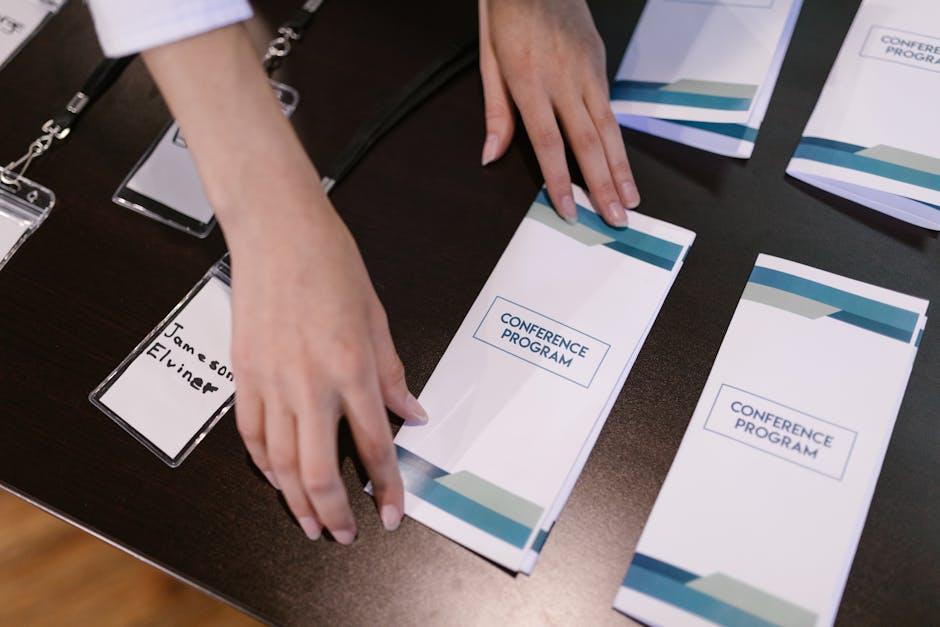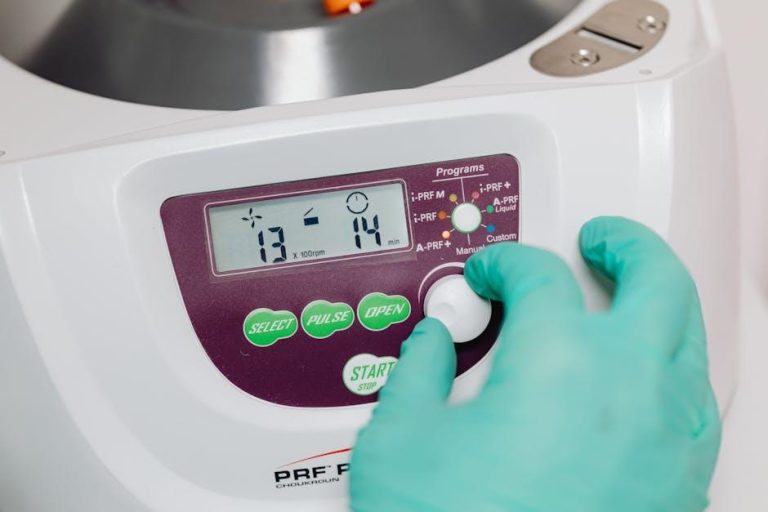
Are Surcharge Programs Costing Dental Practices More Than They Realize?
In the evolving landscape of dental practice management, many offices have adopted surcharge programs to offset the growing costs associated with credit card and insurance co-pay transactions. While at first glance, these programs seem like a straightforward way to recoup processing fees, there’s mounting evidence to suggest that surcharge programs may actually be costing dental practices more than they originally anticipate. In this comprehensive guide, Dentistry Today explores the hidden costs, patient perceptions, and strategic considerations of implementing surcharge programs in dental practices.
What Are Surcharge Programs in Dental Practices?
Surcharge programs refer to additional fees charged to patients who choose specific payment methods, commonly credit cards or certain insurance copayments. The purpose is to pass the cost of transaction fees directly to the patient rather than absorbing these expenses as a practice overhead.
Commonly, dental practices apply surcharges of around 2-4% of the transaction value, which can seem like a direct way to break even on payment processing fees.
Hidden Costs of Surcharge Programs
1. Increased Patient Attrition and Dissatisfaction
One of the most overlooked costs of implementing surcharge programs is the impact on patient experience. Many patients see surcharges as hidden or punitive fees, which can damage trust and reduce patient loyalty. This loss in goodwill may lead to:
- Decreased patient retention rates
- Lower referral rates
- Negative online reviews and reputation damage
2. Compliance and Regulatory Risks
Surcharge fees are regulated differently across states and payment networks such as Visa, MasterCard, and American Express. Non-compliance with these rules can expose a dental practice to fines, penalties, or costly disputes.
3. Administrative and Operational Burden
Implementing and managing surcharge programs requires additional training for staff, ongoing monitoring, and communication to patients. This often results in:
- Longer check-out times
- Potential increase in billing disputes
- Higher administrative costs
Are Surcharge Programs Effective? A Closer Look
For quick comparison, the table below summarizes common impacts of surcharge programs versus alternative strategies for managing transaction fees:
| Aspect | Surcharge Programs | Alternative Approaches |
|---|---|---|
| Cost Recovery Accuracy | Partial and inconsistent | Transparent fee absorption or incentivizing preferred payment methods |
| Patient Experience | Often negative due to extra fees | Positive through clear communication and incentives |
| Regulatory Risk | High, requires constant compliance checks | Minimal if no surcharges applied |
| Administrative Burden | Moderate to high | Low to moderate |
Why Some Dental Practices Still Use Surcharge Programs
Despite the risks, many dental offices continue to approve surcharge programs because:
- Immediate reduction in processing fee losses: Surcharges seem like a direct fix.
- Limited awareness of compliance complexities: Some practices underestimate regulations.
- Pressure from payment processors: Sometimes, processors suggest or incentivize surcharges.
Practical Tips for Managing Payment Processing Costs Without Surcharges
1. Negotiate Lower Payment Processing Fees
Dental practices can often negotiate better rates with payment processors by leveraging volume or switching providers who offer specialized dental payment solutions.
2. Encourage Patient Payment Methods That Lower Fees
Offering incentives for patients to pay by cash, check, or direct bank transfers can reduce credit card fees without imposing penalties.
3. Utilize Transparent Communication
Inform patients upfront about accepted payment methods and any potential fees linked to third-party financing options or insurance plans.
4. Implement Integrated Practice Management Software
Advanced software can streamline billing workflows, reducing administrative costs and improving the patient payment experience.
5. Assess and Budget Transaction Fees as Overhead
Treat transaction costs as part of your operational expenses, monitoring them regularly to adjust pricing strategies accordingly.
Case Study: How One Dental Practice Eliminated Surcharge Fees and Improved Patient Retention
Background: A mid-sized dental practice in Austin, Texas, previously applied a 3% surcharge on credit card payments to offset processing fees. Patient complaints increased, and the practice saw a dip in new patient bookings.
Solution: After consulting with a financial advisor, the office renegotiated credit card fees, introduced a 2% discount for cash or debit card payments, and clearly communicated these options to patients before their visits.
Results:
- Patient satisfaction scores increased by 25%
- New patient bookings rose by 18% within six months
- The practice saved nearly 10% in transaction processing costs after negotiating lower fees
“By removing the surcharge, we regained patient trust and improved our bottom line simultaneously,” – Dr. Melissa Grant.
Conclusion: Are Surcharge Programs Really Worth It for Dental Practices?
Surcharge programs may appear to be an easy fix to combat rising credit card processing fees in dental practices. However, hidden costs such as patient attrition, compliance risks, and administrative burdens often outweigh perceived savings. Dental practices should carefully evaluate the true expenses associated with surcharges—both tangible and intangible.
Instead, investing time in negotiating better processing rates, encouraging preferred payment methods with incentives, and improving overall patient communication will likely yield healthier financial outcomes and preserve long-term patient relationships.
For dental offices aiming to thrive in a competitive market, understanding the comprehensive impact of surcharge programs is critical. Smart payment strategies not only protect practice revenue but also maintain patient trust and satisfaction—two pillars of a successful dental practice.


